

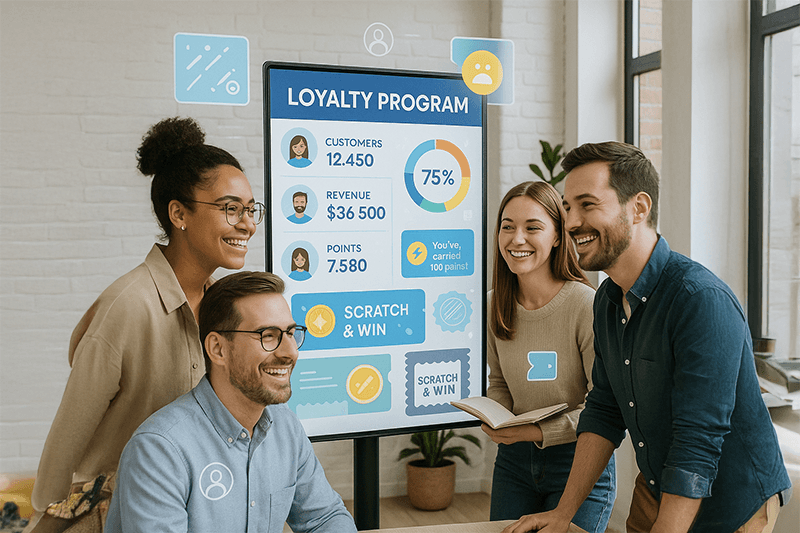
Big brands have the data, budget, and years of customer history to create exceptional experiences. Yet when it comes to delivering truly personalized loyalty experiences through their loyalty program software, they often fall short.
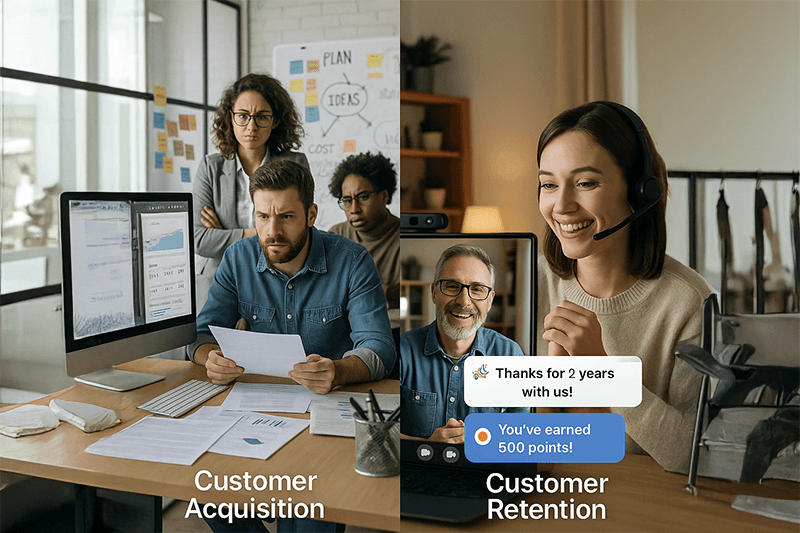
Every business leader knows the pain of watching hard-earned customers slip away while pouring increasingly large budgets into acquiring new customers. Customer acquisition costs have exploded by over 200% in the past decade, while the average business loses 10–25% of customers annually. Yet most companies still allocate 80% of their marketing budgets to chasing new customers rather than learning how to retain customer relationships effectively.
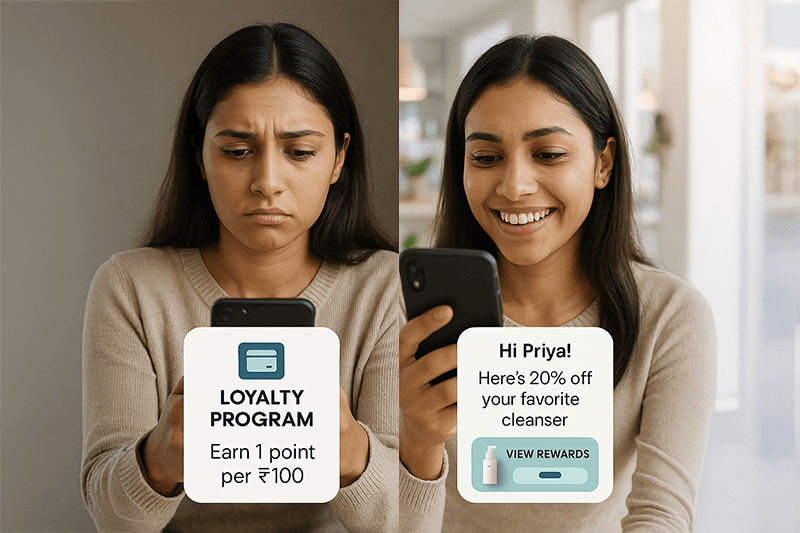
That’s the silent crisis many brands face today. Customers sign up, maybe earn a few points, but never return—or worse, switch to competitors despite being in your program. Why? Because most loyalty programs are too generic. They offer the same cookie-cutter incentives to everyone, regardless of behaviour, preferences, or buying patterns.
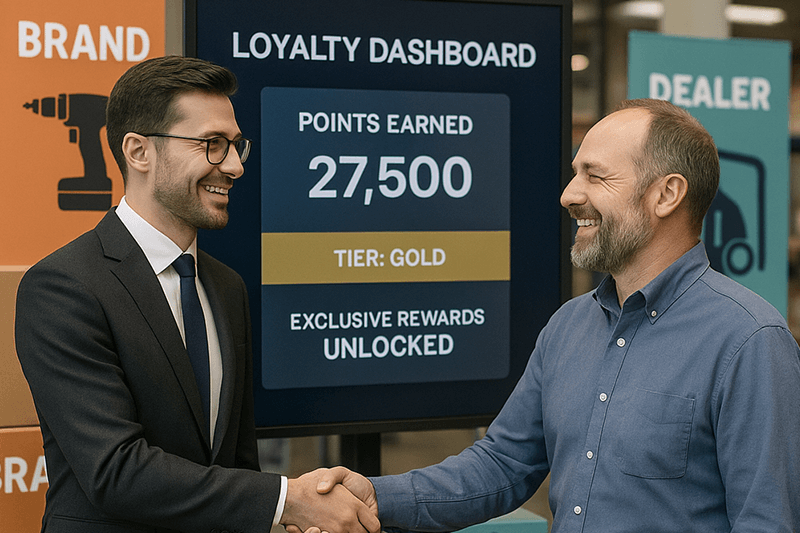
In today’s fast-paced B2B environment, channel partner relationships are more critical than ever. You may not notice it immediately, but dealers can silently drift away from your brand—slowing down orders, promoting competitors, or losing motivation altogether. This phenomenon, often overlooked, is called silent dealer churn.

In the world of e-commerce, data is everywhere—sales, traffic, clicks, bounce rates, email opens, cart abandons. But here’s the problem: Most brands don’t know what to do with the data they already have. They either track too much and get overwhelmed, or they track the wrong things, chasing vanity metrics like page views instead of focusing on what drives revenue and retention.

You're running ads, driving traffic, and getting new customers—but they’re not coming back. Your customer acquisition cost (CAC) is rising, and repeat purchases are rare. Despite your best efforts, cart abandonment rates stay high, and brand engagement stays low. Sound familiar? You’re not alone.
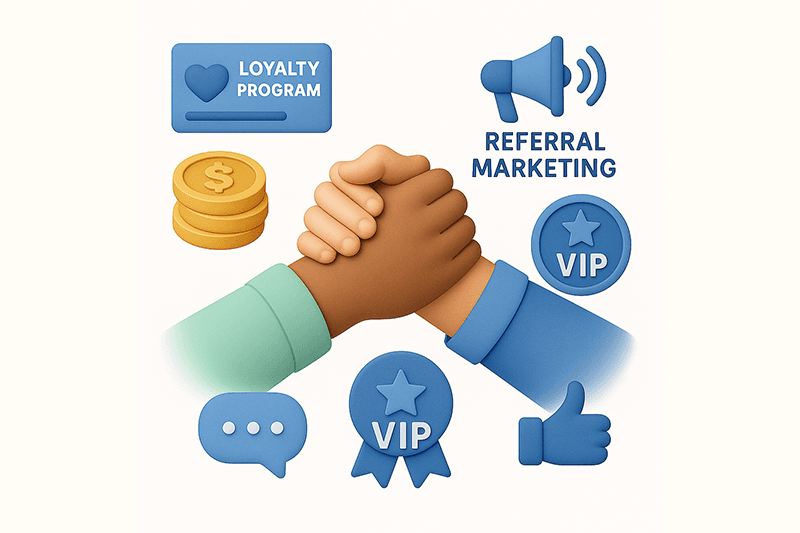
Loyalty doesn’t happen in a vacuum. It’s not just about customers sticking with a brand—it’s also about brands standing by their customers. In e-commerce, loyalty is no longer a one-sided transaction. It’s a relationship built on mutual commitment. To truly retain clients and grow long-term trust, businesses must recognize one core truth: dedicated support isn’t optional—it’s essential.
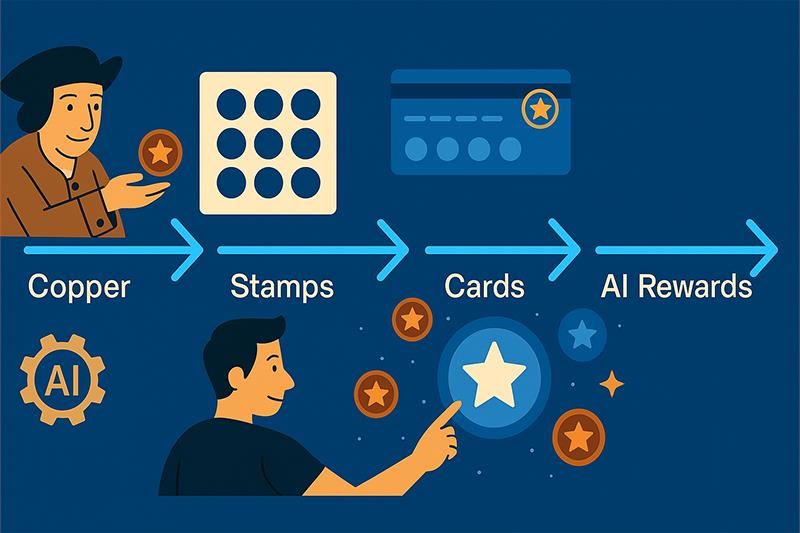
Loyalty isn’t just a feature you add to your business. It’s something you earn through consistency, value, and experience. The earliest forms of customer loyalty programs date back to the 18th century, when merchants handed out copper tokens to reward repeat buyers.

E-commerce businesses are pouring resources into loyalty programs—yet many still struggle to increase repeat purchases or build meaningful customer relationships. Why? Because today’s consumers are tired of generic rewards, complicated point systems, and irrelevant offers.